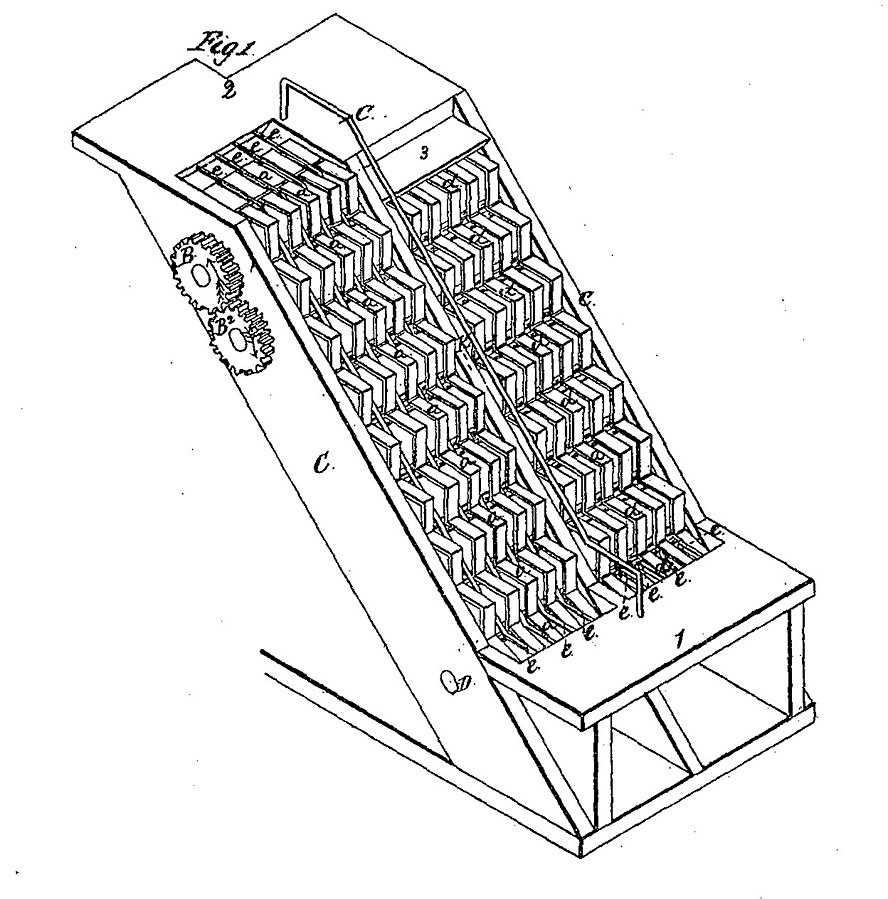The Moving Stairs
Nathan Ames, an inventor, applied for the patent in 1859 for the first kind of moving stairs, with a belt attached with three wheels, and powered by kinetic energy. This was never built.
As the 19th century came to an end, there were improvements in the way people lived and worked, facilitating the development of malls, skyscrapers, and electric subway trains. The print and photography industry paved the way for better advertising of products and services.
63
426 reads
CURATED FROM
IDEAS CURATED BY
The idea is part of this collection:
Learn more about personaldevelopment with this collection
How to ask open-ended questions
How to avoid awkward silences
How to show interest in others
Related collections
Read & Learn
20x Faster
without
deepstash
with
deepstash
with
deepstash
Personalized microlearning
—
100+ Learning Journeys
—
Access to 200,000+ ideas
—
Access to the mobile app
—
Unlimited idea saving
—
—
Unlimited history
—
—
Unlimited listening to ideas
—
—
Downloading & offline access
—
—
Supercharge your mind with one idea per day
Enter your email and spend 1 minute every day to learn something new.
I agree to receive email updates
